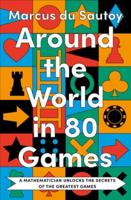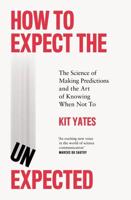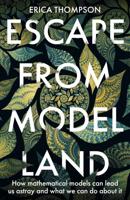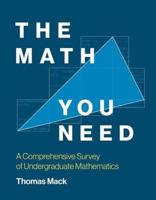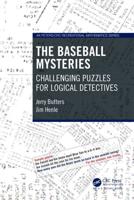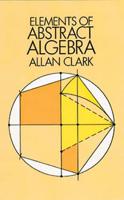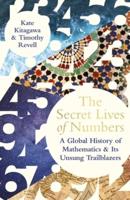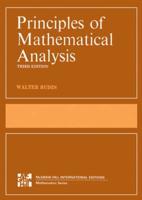Publisher's Synopsis
Mathematical reform is the driving force behind the organization and development of this new college algebra text. The use of technology, primarily graphing utilities, is assumed throughout the text. The development of each topic proceeds from the concrete to the abstract and takes full advantage of technology, wherever appropriate.
The first major objective of this book is to encourage students to investigate mathematical ideas and processes graphically and numerically, as well as algebraically. Proceeding in this way, students gain a broader, deeper,and more useful understanding of a concept or process. Even though concept development and technology are emphasized, manipulative skills are not ignored, and plenty of opportunities to practice basic skills are present. A brief look at the table of contents will reveal the importance of the function concept as a unifying theme.
The second major objective of this book is the development of a library of elementary functions, includingtheir important properties and uses. Having this library of elementary functions as a basic working tool in their mathematical tool boxes, students will be able to move into calculus with greater confidence and understanding. In addition, a concise review of basic algebraic concepts is included in Appendix A for easy reference, or systematic review.
The third major objective of this book is to give the student substantial experience in solving and modeling real world problems. Enough applications are included to convince even the most skeptical student that mathematics is really useful. Most of the applications are simplified versions of actual real-world problems taken from professional journals and professional books. No specialized experience is required to solve any of the applications.

